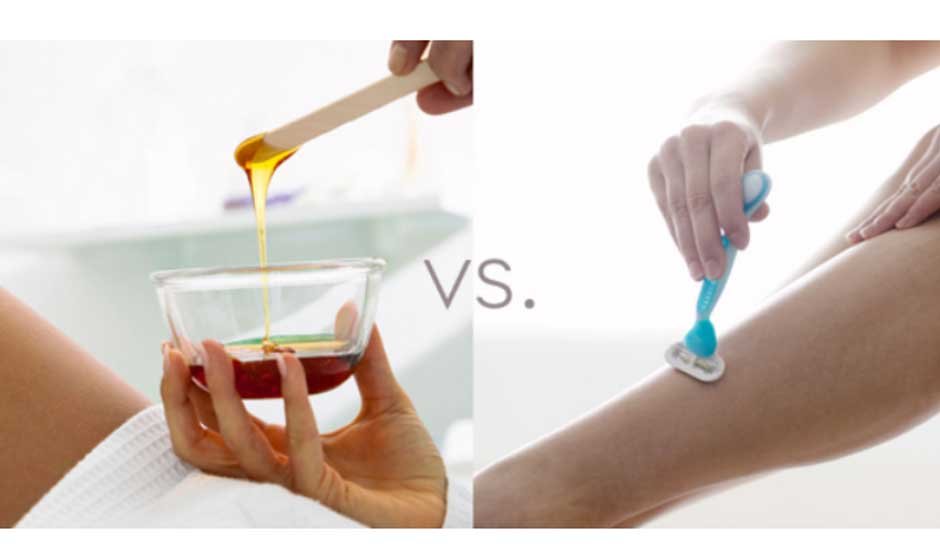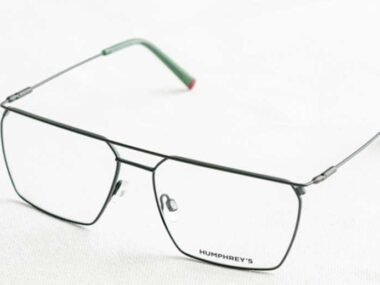For those who prefer smooth, hair-free skin, the battle between shaving and waxing has been ongoing for decades. Some swear by the convenience of shaving, while others opt for the long-lasting results of waxing. But which method truly delivers the best results in the long run? Let’s explore the fundamental differences and uncover why waxing services might be the superior choice for those looking for lasting smoothness and minimal upkeep.
Key Differences Between Waxing and Shaving
The primary distinction between waxing vs. shaving lies in how each method removes hair. Shaving is a surface-level solution—it simply cuts hair at skin level, leaving the root intact. As a result, regrowth happens rapidly, often within 24–48 hours. The newly emerging hair has a blunt edge, which contributes to a rough, stubbly texture.
Waxing, on the other hand, removes hair from the follicle, delaying regrowth for weeks. This process not only ensures longer-lasting smoothness but also weakens the hair follicle over time. As a result, hair grows back finer and sparser with repeated waxing sessions. Unlike shaving, which can cause irritation and ingrown hairs, waxing leaves the skin exfoliated and refreshed.
Longevity of Results
If you’re tired of the never-ending cycle of shaving, waxing might be the game-changer you need. Shaving provides only temporary smoothness, often requiring touch-ups every day or two. This frequent maintenance not only consumes time but also exposes the skin to constant friction, increasing the likelihood of irritation and razor burns.
Waxing, in contrast, keeps the skin hair-free for an extended period—typically anywhere from three to six weeks, depending on your hair growth cycle. Since waxing removes hair at the root, it takes significantly longer to grow back. Over time, consistent waxing can even slow down regrowth, making maintenance easier and less frequent.
Impact on Hair Growth
A common misconception about shaving is that it makes hair grow back thicker and darker. While this isn’t entirely true, the blunt edges left behind by the razor create the illusion of coarser hair. Since shaving does not affect the follicle itself, hair regrows at the same rate and density as before.
Waxing, however, has a long-term impact on hair growth. By repeatedly removing hair from the root, the follicle becomes weaker, leading to slower, finer regrowth. Many individuals who regularly wax notice that their hair becomes softer and less noticeable over time, reducing the need for frequent hair removal.
Comfort and Pain Levels
Pain perception is subjective, but it’s an important factor when comparing these two methods. Shaving is painless in the moment, but it often leads to discomfort later in the form of razor burns, itchiness, and ingrown hairs. The repetitive nature of shaving can also result in skin sensitivity, especially in delicate areas like the bikini line and underarms.
Waxing, on the other hand, involves brief discomfort during the procedure as hair is pulled from the root. However, as hair becomes finer with regular waxing, the pain gradually decreases. Additionally, waxing eliminates the need for daily maintenance, meaning the skin experiences far less irritation over time.
Skin Health and Aftercare
When it comes to skin health, waxing has a significant advantage. Shaving often results in dryness, micro-cuts, and rough skin texture. Without proper aftercare, frequent shaving can lead to redness, inflammation, and even hyperpigmentation in some cases.
Waxing, however, offers a built-in exfoliation benefit. By removing hair along with dead skin cells, waxing leaves the skin feeling smooth and refreshed. While some redness may occur immediately after waxing, it typically subsides within a few hours. Proper post-waxing care, such as moisturizing and avoiding harsh exfoliation, helps maintain skin health and prolong results.
Saving Time and Money in the Long Run
Many people assume that shaving is the more cost-effective option. Razors and shaving creams are relatively inexpensive, making it seem like the more budget-friendly choice. However, when you factor in the need for daily or near-daily shaving, the costs add up over time. High-quality razors and frequent blade replacements can become surprisingly expensive.
Waxing requires an upfront investment, particularly if done professionally, but its long-lasting results make it more economical in the long run. Since waxing sessions are needed only once every few weeks, the overall expense and time spent on hair removal are significantly reduced. For those looking to cut down on daily grooming time, waxing is a more efficient choice.
Why Waxing is the Better Choice for Long-Term Results
For those debating between Brazilian wax vs. shaving, the benefits of waxing become even clearer. A Brazilian wax removes hair more thoroughly than shaving, reducing irritation and eliminating the risk of razor bumps and ingrown hairs. Unlike shaving, which requires constant upkeep, waxing keeps the skin smooth and hair-free for weeks.
Beyond convenience, waxing contributes to healthier, more radiant skin. With its ability to exfoliate, prevent irritation, and promote finer regrowth, waxing is the superior option for those seeking long-term smoothness. The gradual weakening of hair follicles also means that waxing becomes less painful and more effective over time.
Conclusion
While shaving offers quick results, waxing provides long-term benefits that make it the better choice for many people. The extended smoothness, reduced hair regrowth, and exfoliating properties of waxing make it a superior hair removal method. If you’re looking for a solution that delivers lasting smoothness with minimal upkeep, waxing services are the clear winner in the battle against unwanted hair.










